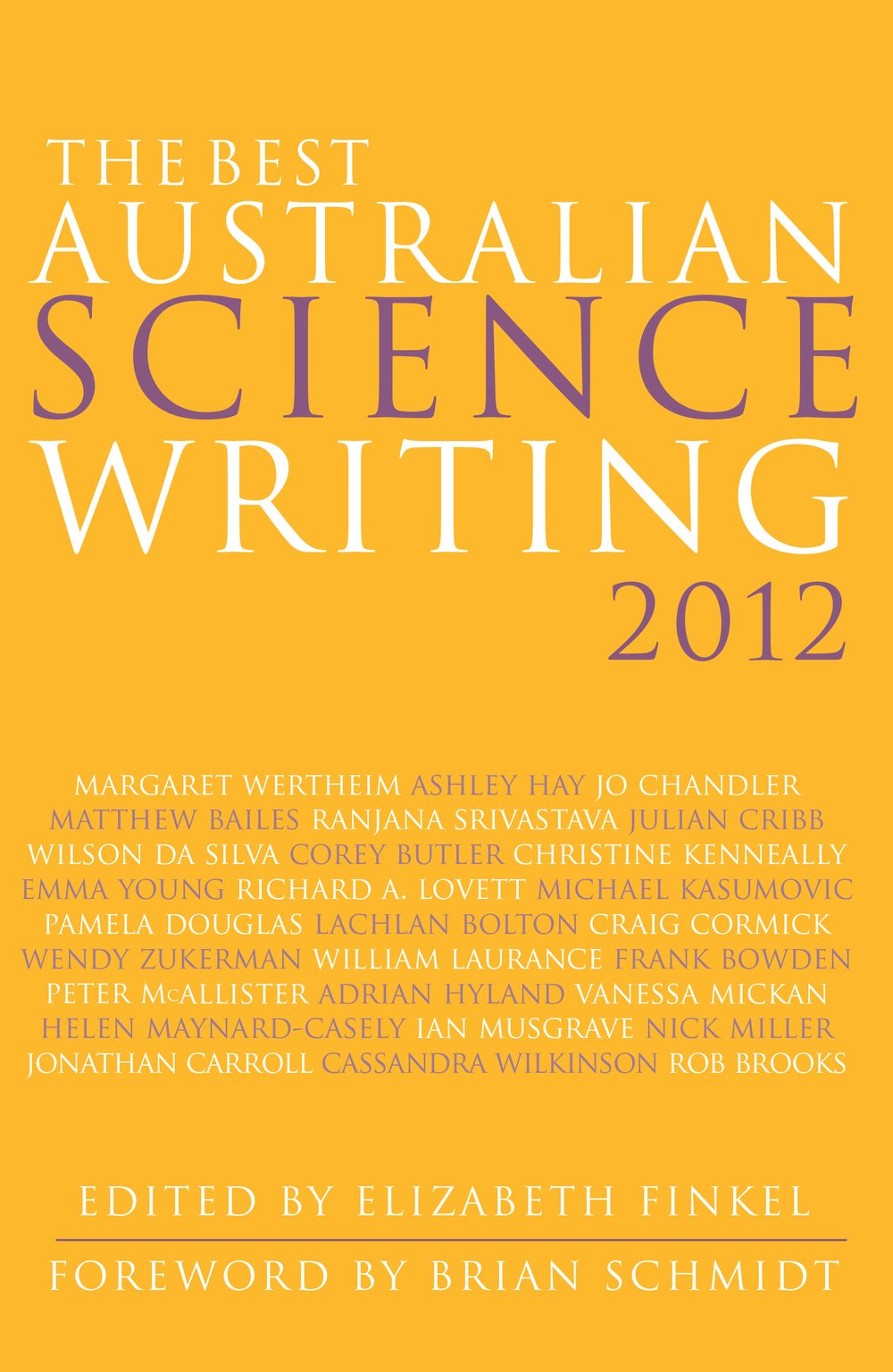There has never been a better time to be a consumer of scientific information. Thanks to the internet, we have an embarrassment of riches. Aficionados can help themselves to data from NASA satellites and seismic arrays, and to huge databases of information throughout the biological sciences. The broader community is even being encouraged to participate in citizen science activities such as the Galaxy Zoo or SETI Live. Scientists and scientific organisations are also reaching out with Twitter feeds, Facebook pages, and Google Circles. YouTube provides a mind-boggling array of video material – everything from professional scientific presentations to the self-documented experiments of children. There are more science podcasts published each week than can be listened to by the keen listener in the available 168 hours. And the number of TV programs dedicated to science is higher than ever before.
But when it comes to quality, the internet windfall has its drawbacks, and science journalism is no exception. The e-media’s premium on immediacy and brevity, and its bite-sized delivery through smartphones and tablets, threatens the longer, well-researched and considered article. Long-form journalism has become a threatened species.
But it’s a species that needs preservation. Science writing remains one of the most powerful forms of scientific communication. The well-written science article, typically authored by a professional writer and edited to a high standard, is where the reader, moving at their own pace, gets a chance to unify the morass of complex information into coherent and manageable chunks. This year’s Best Australian Science Writing is indeed a protected reserve for such writing. It represents the high culture of Australian science communication.
But that’s not to say that articles written solely for electronic media cannot also make the grade, and indeed many make an appearance in this anthology. These articles show the opportunity for non-professional writers – often scientists themselves – to contribute high-quality material to discerning readers. While they represent a small fraction this year, it is inevitable that that fraction will grow. Combining the expertise of the traditional print media with the flexibility of new media seems to provide the best results to date, and I expect to see more collaboration in this space in the coming years.
Another fantastic gift provided by the internet is the opportunity to massively increase the audience for Australian science writing. Rather than just our own 23 million citizens, the 2 billion internet users across the world are within reach. It is an opportunity to share our Australian scientific culture with the rest of the world. But our own citizens are being similarly tempted – it is a highly competitive world. Science consumers are looking for the highest quality material they can find, and journalistic excellence is vital to winning in this worldwide competition. The Best Australian Science Writing also serves the important role of providing the benchmark for aspiring science writers.
A feature of this year’s collection is articles defending the role of science in society. One major drawback of the internet is that it provides a conduit for anyone to publish their own theories – from medicinal treatments to climate change or cosmology. This has led to confusion in the community about what facts are supported by scientific evidence, and to questions about the use of science as a tool to understand the world around us. There are articles in this anthology that make important arguments about the scientific process. They defend the process by which science reaches conclusions, and help the reader understand how to wade through the anti-science rhetoric. These are subtle arguments, because the basis of scientific enquiry is scepticism. Science continually challenges the status quo, and has to make judgments with respect to conflicting information and dissenting views.
The challenges have been particularly pronounced on the subject of climate change, where important government policy considerations have meant that the science has been intensely scrutinised in the media. Dissenting views have thrived in the oxygen of publicity, even though the fraction of scientists who uphold these views is small. This has had an unfortunate result: many in the community, including several notable politicians, discount the prevailing scientific view. Thoughtful articles like several in this collection provide a way to engage the public in areas of scientific debate in a constructive rather than destructive manner.
Science continues to make amazing discoveries in a wide variety of fields. While new media provide almost instantaneous coverage of emerging events, and innovative ways to explain the basics of each discovery, the written word continues to provide the most detailed and in-depth descriptions of these discoveries, and I do not see that changing anytime soon. Enjoy reading The Best of Australian Science 2012, and learning about the best science that Australia has to offer.
This is the foreword to The Best Australian Science Writing 2012, available now from NewSouth.


